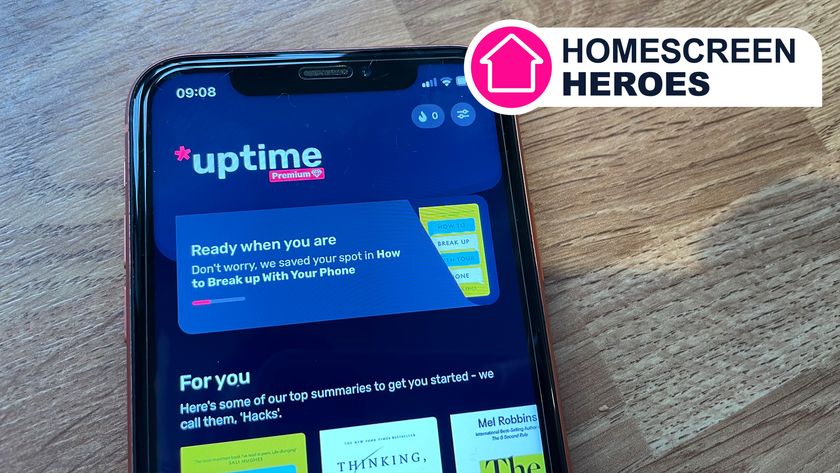Zoom rival to be ‘Made in India, for India’
India allots Rs. 2.3 crores to create virtual conference platform due to security vulnerabilities

The Ministry of Electronics and Information Technology (MeitY) has launched an innovation competition to encourage developers to build indigenous video conferencing platforms by the end of July 2020.
This move comes after India banned the use of Zoom for virtual government meetings after its cybersecurity agency cautioned the authorities about the app’s security vulnerabilities. Virtual meetings and classrooms via Zoom were reportedly Zoombombed in India as well.
Make careless data decisions history with our dark web monitoring and alerts. Get Dashlane for seamless, private 'interneting' with 2FA (two-factor authentication) by default. Your privacy matters to us so that’s why there's no limit on devices or passwords stored or shared.
The government will award Rs 20 Lakh for the final product and INR 5 Lakh for the prototype. The product will be deployed by the central and state government entities for a period of four years. Also, developers of the indigenously built virtual meeting platform can market their product to other companies, organisations and individual users.
The winning company must mandatorily register itself in India and more than 51 per cent of ownership must be held by an Indian. Moreover, all data must be stored within India.
“There might be a possibility that the lockdown will get extended beyond May 3. Along with Zoom security scare, we also envision a future scenario where remote working and work from home will be the order of the day. Hence, focusing on indigenous and secure platforms is the right step forward.” said an official from the Ministry
A total funding of Rs 2.3 crores has been allocated for this undertaking and the ‘Make in India, for India’ model will encourage more developers to create such technology.
Security measures for Zoom users
The Indian Home Ministry, in an advisory on the usage of Zoom, had said that every meeting should be secured with a ‘New User ID and Password’. The advisory further read: Enable the ‘Waiting Room’ feature, so the host user can control who can join. Keep the ‘Join Before Host’ feature disabled. Allow the screen sharing option for ‘Host’ only. Disable ‘Allow removed participants to re-join’. Restrict ‘file transfer option’ and ‘recording option’. And lastly, users must ‘End’ the meeting, not ‘Leave’ the meeting.
Get daily insight, inspiration and deals in your inbox
Sign up for breaking news, reviews, opinion, top tech deals, and more.













